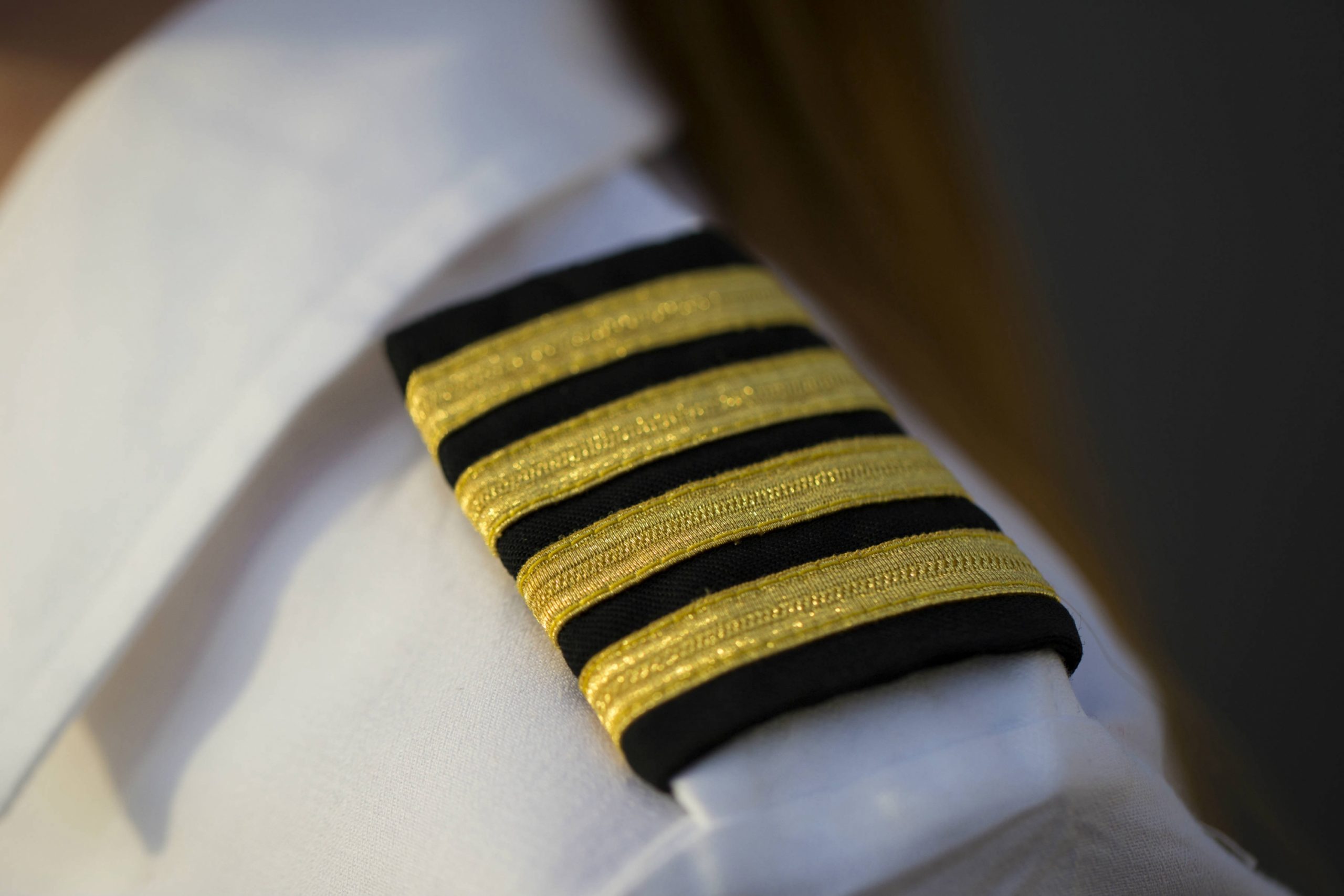
In recent years, much debate has occurred around the existence of a professional pilot shortage and the impact it will have on global aviation. Many argue the pilot shortage is a myth, hyped by various corporate interests. But make no mistake, the shortage is real and there is much evidence indicating it is already upon us.
For aspirant aviators, this simple supply/demand imbalance suggests more opportunity in the future of the field. However, serious consideration should also be given to the continued developments in drone and autonomous technologies and the impact these will have on the future of Commercial Aviation. It is for this reason, in particular, that I believe Professional Pilot to be a very risky career path for young people today.
When we look at how rapidly drone and autonomous technology has progressed, it seems obvious the pilot profession will risk becoming obsolete sometime within the next decade or two. The first clear sign of this is that the US military is already utilizing this technology and has been for some time now. In addition, there are significant efficiency, safety and economic incentives for commercial operations to capitalize on the benefits of this technology.
Counter arguments to the pilotless cockpit debate usually focus on the assumption the general public would simply never be comfortable enough to ever implement it, or that a growing private aviation sector will absorb the job vacancies created by commercial carriers when they go pilotless. I understand these points and how they make sense to many, but neither will save the profession.
The flying public will be transitioned into pilotless flights. First, cargo flight operators will begin implementing the technology to increase efficiency and reduce costs. The successful and safe operation of pilotless planes by cargo carriers will lay the foundation for transitioning the public. After achieving success in air freight, commercial carriers will begin easing the public into the idea of pilotless cockpits for passenger flights, by creating service centers at airports where pilots report to land-based operations and “remotely” co-pilot (SIC) multiple aircraft simultaneously. During this stage of the transition, the aircraft would technically still have two pilots, but only the Captain (PIC) would be on-board. Computers have already reduced cockpit workload to the point where this would not be a problem. In the second stage, the SIC and PIC are simultaneously operating multiple aircraft from the remote locations with various redundancies in place to ensure safety. From there the machines will continue to assume more and more operational control, as they have already been doing for decades. So this is a natural progression and it has been happening right under our noses all along.
The argument that professional pilot jobs will be absorbed by private aviation is also false. The reason is because the efficiency incentive is actually magnified on smaller General Aviation aircraft such as corporate jets. Aside from eliminating crew duty limitations, just think about the percentage of aircraft volume utilized for the cockpit and traditional avionics in a smaller airplane. For example, a Boeing 767’s cockpit and avionics probably utilize less than 5% of the total volume of the aircraft. But compare that with an average 8 passenger corporate jet and the crew and avionics are taking up at least 20% of the total volume for the entire aircraft (percent figures are general guesses, researching the exact volumes will not help make this point). Haven’t you ever wondered why airplane cockpits are not roomier up there?
The answer is economic efficiency.
I did not always hold this viewpoint. If you asked me 5 years ago, would I ever see Commercial Air Carriers operating flights without pilots in my lifetime, I would’ve scoffed at the idea of trusting a computer with our lives at 35,000 ft. Yet sometimes the ability to reexamine things we believe we are certain of, is the real key to gaining a better understanding of ourselves, the world we live in, and what the future has in store for us.
Historically, human error has proven to be by far the biggest threat to Aviation Safety. And while it is true that deeper knowledge and better pilot training has improved the overall safety of Air Travel, the machines have still progressed faster than professional pilots in terms of increasing safety.
So while nothing, including computer automated processes and programming, will ever be 100% risk free, this transition will ultimately make both Commercial & General Aviation operations safer and more efficient. These innovations are positive advancements for humanity that should be embraced. Unfortunately, those who choose to remain blind to this future reality will be left behind. Only Aviators, who can recreate themselves and adapt to a whole new industry, will be left.



